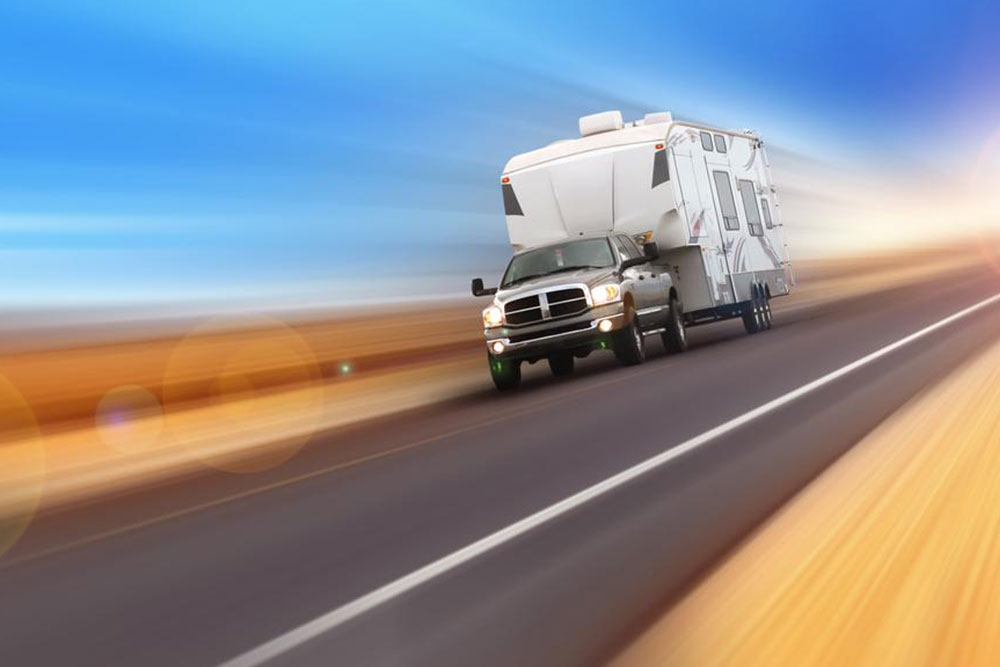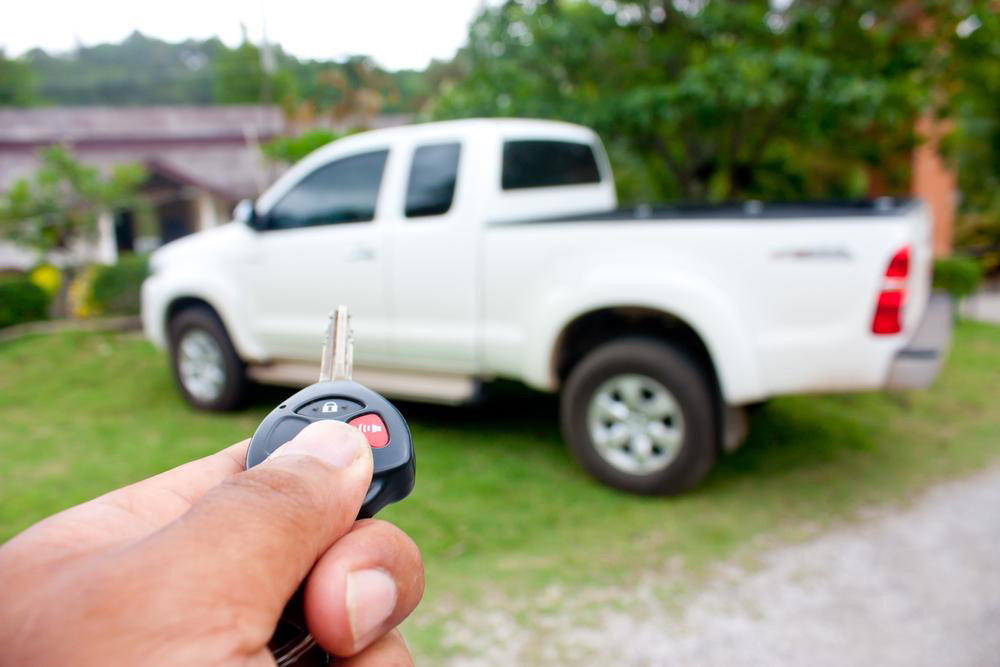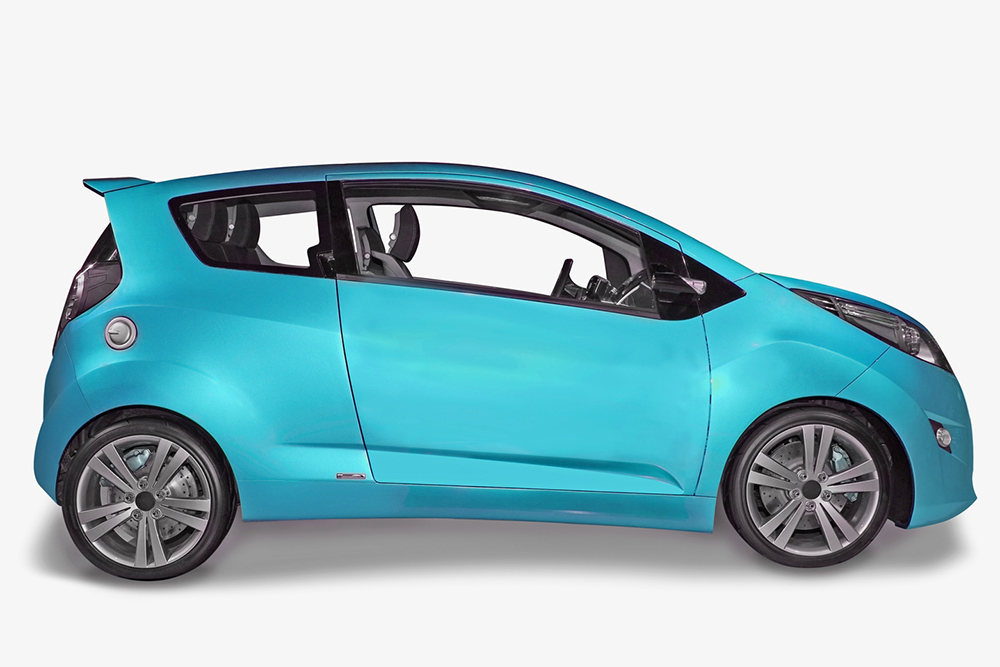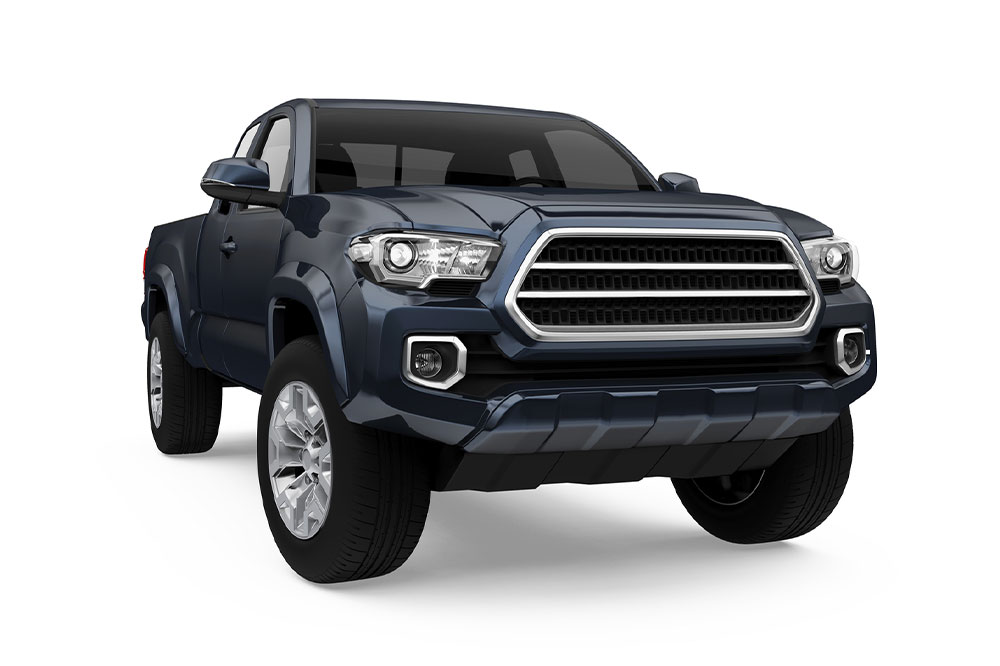Essential Tips for Renting a Moving Truck
Learn essential tips for renting a moving truck, including selecting the right vehicle size, planning your move, and driving tips to ensure a smooth relocation. This guide covers everything you need to know for a cost-effective and efficient move, from truck selection to loading and safety precautions.
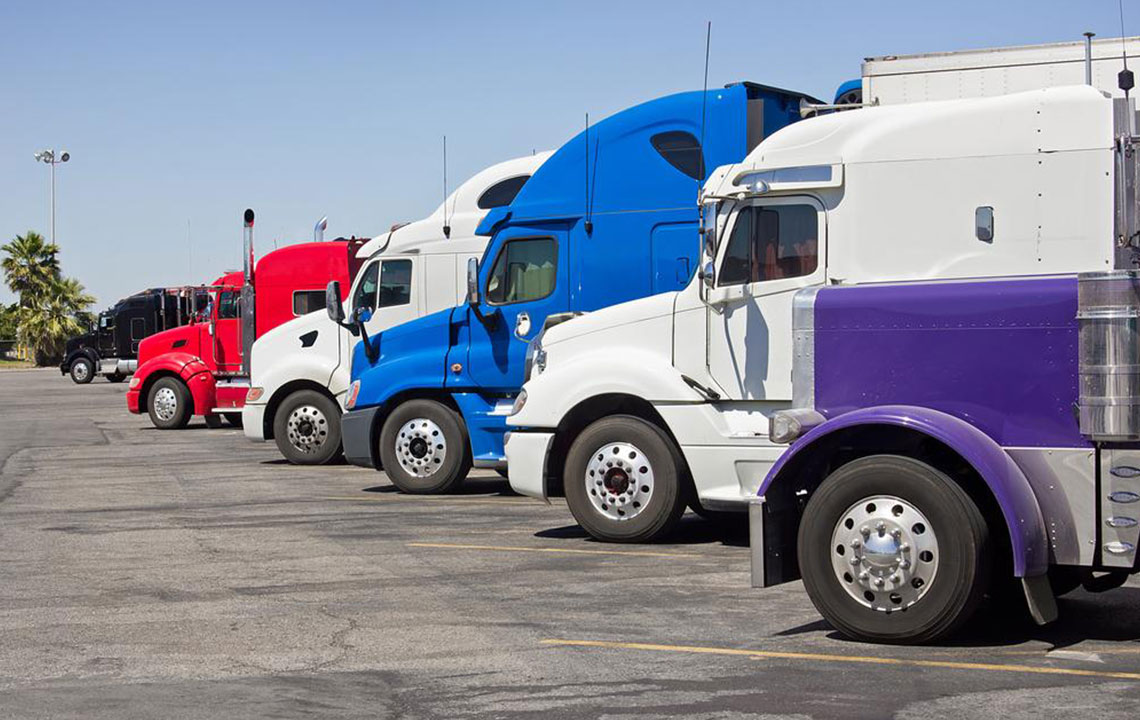
Essential Tips for Renting a Moving Truck
Renting a truck for your move is a practical and budget-friendly solution for transporting furniture, clothing, and household items when changing locations. Whether you're relocating within the same city or across state lines, self-driving rental trucks simplifies the process. Here's a comprehensive guide to help you choose the right truck, plan your move, and execute it smoothly.
Choosing the Appropriate Truck
Different truck sizes cater to various moving needs. Your choice depends on your home's size and the volume of belongings.
Types of rental trucks include:
Large trucks: Ideal for big homes with multiple bedrooms, these trucks are 20-26 feet long and can carry 5,000 to 10,000 pounds. Drive carefully due to their size.
Medium-sized trucks: Measuring 14-17 feet, suitable for two- or three-bedroom homes, with a capacity of 3,000 to 6,000 pounds.
Small trucks: Ranging from 10-12 feet, perfect for studio apartments or single-bedroom moves, with a load capacity of around 3,500 pounds.
Cargo vans: Best for small moves, such as moving a few rooms or college dorms, with minimal furniture.
Select a truck based on the weight of your belongings and your home size.
Driving the Rental Vehicle
While professional movers are available, driving a rental truck yourself saves costs. With some practice, maneuvering a large vehicle becomes manageable. Anyone over 18 with a valid license can drive, or you can arrange a designated driver. Hiring a driver is another economical option.
Planning Your Move
Establish your moving date, plan the route, and estimate the travel time using mapping tools. Schedule breaks, especially for long-distance trips, and incorporate buffer time to avoid rushing. Budget for tolls, fuel, meals, accommodations, and snacks.
Loading Your Truck
Compare rental prices beforehand. When the truck arrives, ensure your belongings are packed carefully using padding and protective materials. Disassemble furniture if possible and load heavier items towards the back and sides for balance. Fragile items should be well-padded and secured.
Important Tips
Carry your driver’s license, insurance, and rental agreement at all times.
Inspect the truck thoroughly before driving, ensuring mirrors and lights function properly.
Drive cautiously, follow the plan, and clean the truck before returning it.
Note: Our blog offers practical insights across various topics. While our information is researched thoroughly, it should not replace professional advice or account for all local schemes and offers. Please verify details independently for specific needs.

